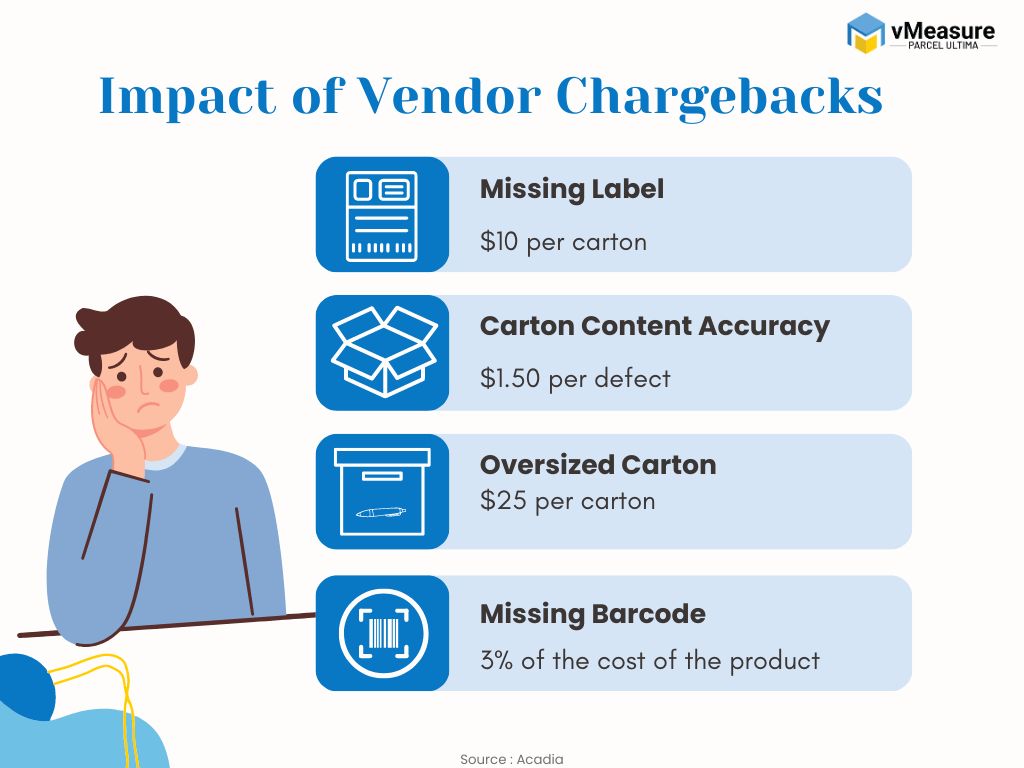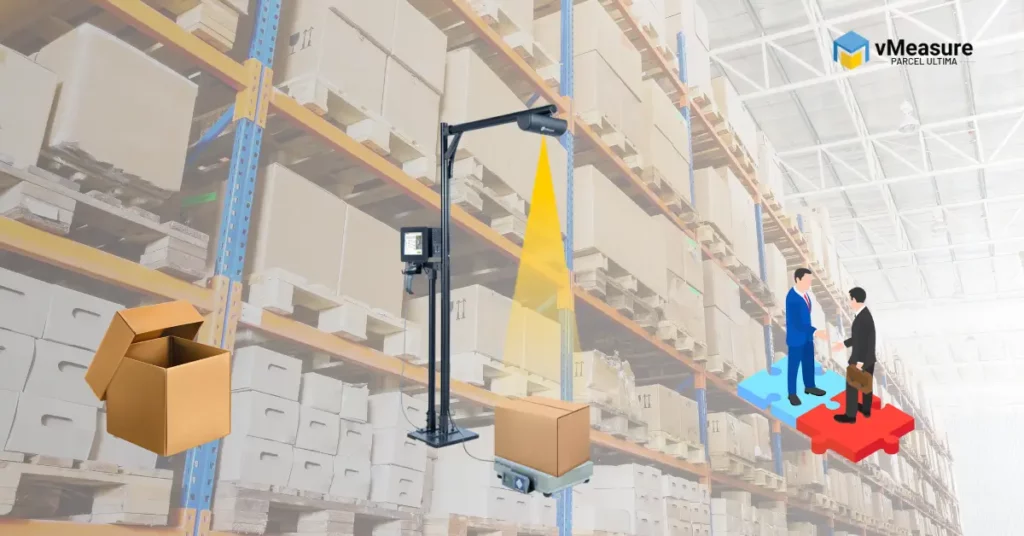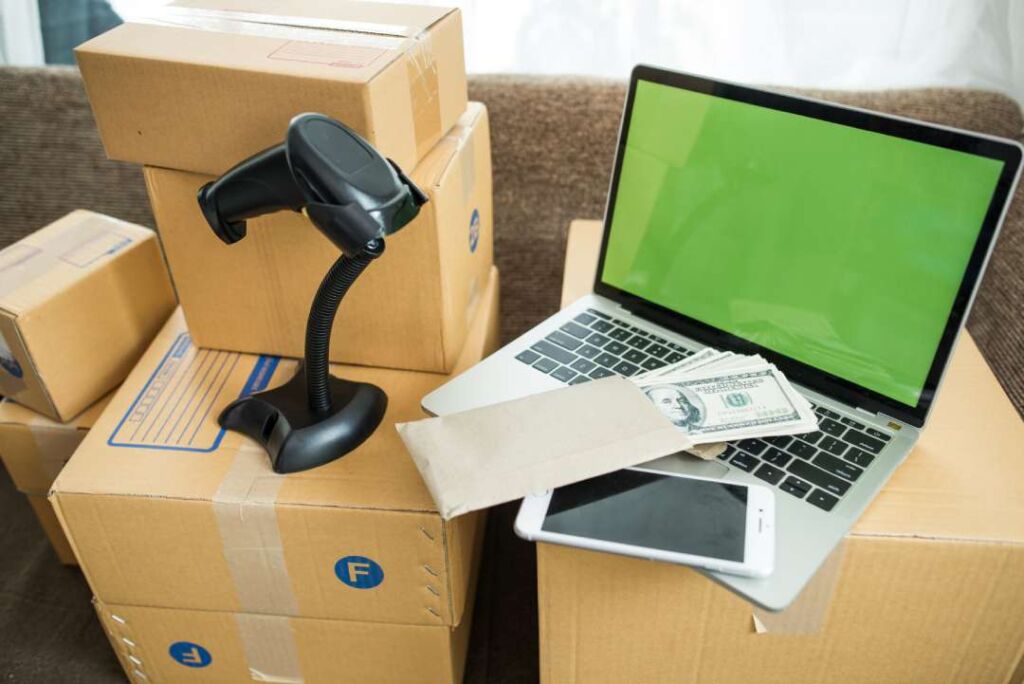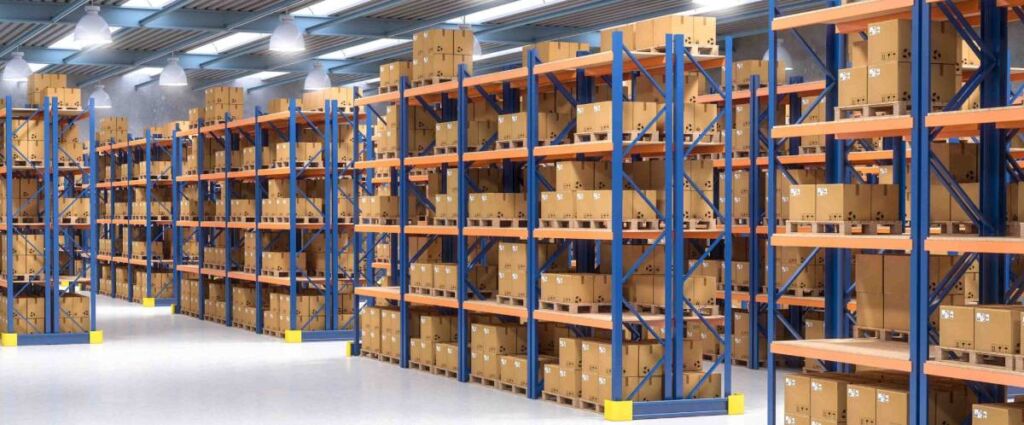Table of Contents
Every payment invoice becomes a recurring frustration for suppliers and business owners because of the unwelcome chargebacks. Big box stores like Amazon, Walmart, Target, Best Buy, and others; to keep their distribution center active, require you to supply products to them on a precise specification. Failure to adhere to these specifications results in a chargeback dispute.
To prevent and dispute chargeback we need to understand the concept of chargeback and vendor compliance.
What Is Chargeback?
Chargebacks are penalties imposed on suppliers or vendors when certain terms and conditions agreed upon in contractual agreements are not met. Compliance requirements which are denoted in large routing guides vary from retailer to retailer depending on the volume of inventory in the supply chain.
These vendor compliances are executed to reduce disruption and maintain consistency, quality, accuracy, and timeliness. Chargebacks often serve as corrective measures in response to breaches in vendor compliance.
So, what could be the vendor compliances leading to chargebacks?

List The Possible Chargeback for Vendor Compliance
Let’s explore a comprehensive list of potential chargebacks for vendor compliance within the supply chain.
1. Missing ASN or ASN Erorrs
The ASN (Advanced Shipment Notification) is a document designed to notify your retailer about your upcoming or pending shipment. It includes essential details about the physical characteristics of the shipment, allowing your retailer to preplan for efficient shipping.
2. Early or Late Delivery
Failure to meet delivery windows requires rescheduling shipments, leading to increased administrative costs and the potential for additional disruptions.
3. Mislabelled Products
To expedite products to the consumer market, it is a defined need for the products to have accurate labeling. Unfortunately, over 10% of goods are mislabeled annually. Mislabelling the product can increase product recalls contributing to the poor quality of the product.
4. Damage Upon Arrival
If products get damaged, replacing them takes time and costs the supplier more. Plus, the retailer might run out of stock during this time with low inventory.
5. Purchase Order Violation
A chargeback may be triggered if the purchase order is fulfilled with more units than confirmed. For instance, if Amazon orders 500 units and you ship 550 units, a chargeback will be initiated for the overage of 50 units.
6. Delivering to the wrong location
Sending goods to an incorrect destination can result in penalties. Even when a driver is at the correct receiving hub, they might face consequences for unloading the truck in an unsanctioned location, especially if a specific building or dock was previously designated.
Each chargeback scenario represents a potential disruption in the smooth flow of the supply chain also causes financial repercussions.
How Much Does a Chargeback Fee Cost?
Chargeback fees vary depending on retailers and can range from 15% to 20% of an invoice. For instance, if a supplier’s invoice totals hundreds of thousands of dollars, they might face chargebacks amounting to a minimum of $20,000. These chargebacks are automatically deducted from the supplier’s payment invoice.
How to Prevent and Dispute Chargeback
To avoid chargebacks, understand your supply chain, and follow industry trends. With the industry leaning towards automation, sticking to old methods might leave you trailing behind. Retailers use machine-driven processes which leads to these set vendor compliances resulting in chargeback.
1. Calculate the financial impact of chargebacks
Understanding the chargeback costs and their impact on your bottom line will position you to better to invest on automated systems which will significantly reduce the chargebacks.
2. Investing in the dimensioning machine
Challenging the powerful retailers and staying noncompliant can be achieved by investing in dimensioning machines like vMeasure Parcel Ultima, which can dimension, weigh your product, and seamlessly integrate with your WMS (Warehouse Management Software) to automate the distribution process. This ensures the automatic identification of picking and shipping errors.
3. Audit your Parcel before shipping
Accurate dimensions are essential for selecting the appropriate packaging size and preventing damage during shipping. Utilizing the vMeasure dimensioning machine allows you to capture images and 4k videos of the product, ensuring that the correct item is picked, packed, and sealed without any damage before shipping.
4. Right EDI implementation
Implement robust data validation processes to ensure the accuracy and completeness of information in the ASN. This includes verifying product codes, quantities, and other relevant details. EDI technology has been around for more than 20 years. Invest in the right systems to manage EDI. Adhere to EDI standards and ensure compatibility with the systems of trading partners. Regularly update and validate EDI configurations to minimize the risk of errors.
Retailers have implemented expansive, automated systems to enforce compliance standards. It is imperative for smaller suppliers to cultivate their own compliance capabilities. Mastering compliance not only contributes directly to profit margins but also enhances revenue by building trust with retail customers. A strategic investment in automated solutions can positively influence financial outcomes and improve your reputation with retail customers.
Considering an investment in an automated dimensioning machine? opt for a system that not only measures accurately but also assists in auditing your shipments, leading to a reduction in chargebacks.
Is dropshipping legal?
Yes, dropshipping is legal. However, like any business, it’s crucial to comply with local laws, tax regulations, and business licensing requirements. Consult with legal professionals to ensure your business adheres to regulations.
How profitable is dropshipping?
Dropshippers can make 20% to 30% profit in each sale. However, only 10% to 20% of them are profitable in the first year. Success depends on factors like product selection, marketing strategies, and efficient operations.
How can I choose reliable suppliers?
Research is key. Look for suppliers with a proven track record, positive reviews, and clear communication channels. Consider ordering sample products to assess quality.
Who provides customer service in dropshipping?
Customer service is typically handled by the dropshipper. Though the supplier handles product-related issues like defects or damages, the dropshipper manages inquiries, order tracking, and general customer support. Building strong communication with suppliers is essential for a smooth customer experience.
How much do I need to invest to start dropshipping?
The exact amount of investment varies. However, starting a dropshipping business doesn’t cost as much as opening a brick-and-mortar store. You just require finance to set up an online store, spend on marketing, and pay the subscription fees for dropshipping platform. But keep in mind that success often correlates with strategic investments in marketing and customer acquisition.
For more content like this join our newsletter!




